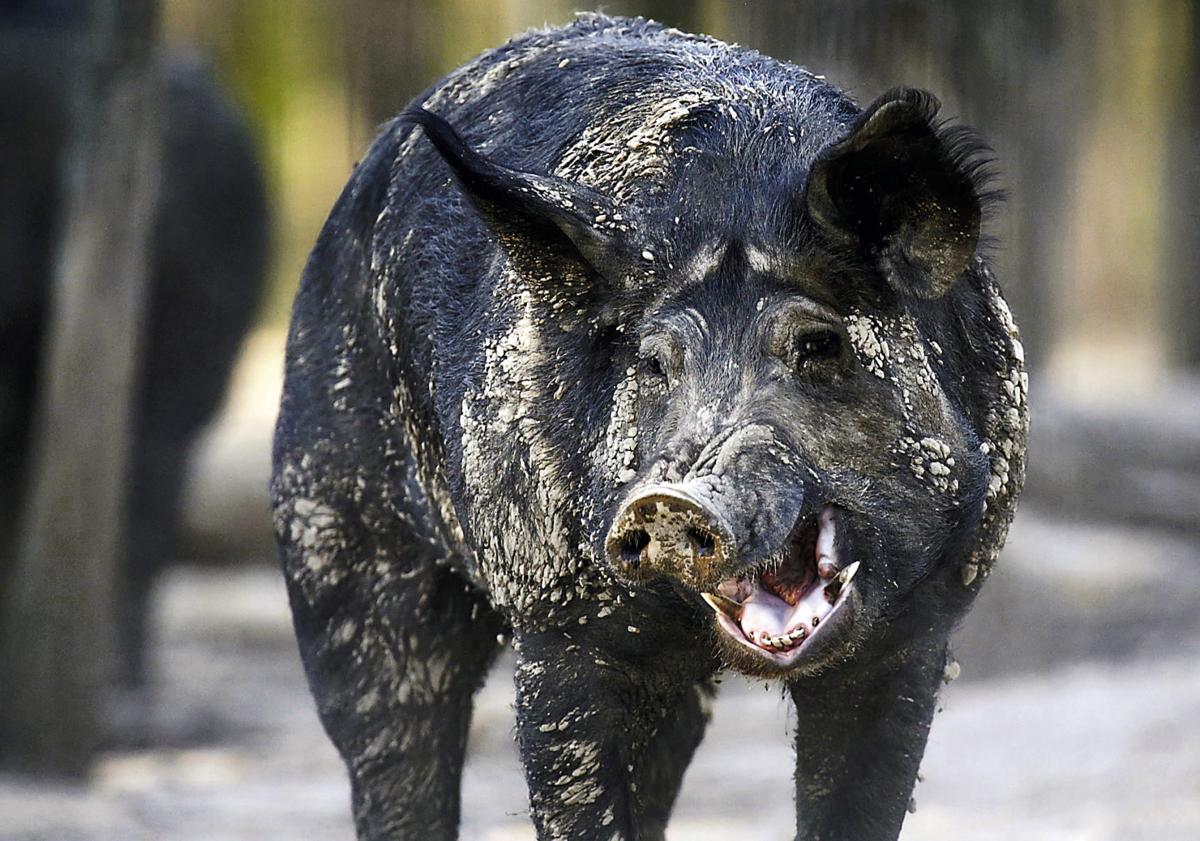In the culinary lexicon of the American South, hog jowl occupies a unique niche. This cut of meat, often overlooked in mainstream cuisine, is steeped in cultural significance and carries a profound connection to the region’s history. From the grocery shelves to the Sunday dinner table, it offers not just sustenance but a plethora of meanings tied deeply to Christian tradition and Southern identity.
Hog jowl, specifically the lower cheek of a pig, is renowned for its rich, fatty texture and robust flavor. Typically, it is seasoned and cured like bacon, presenting an exquisite taste that resonates with those who appreciate traditional Southern fare. Yet, what captures the imagination and evokes fascination goes beyond mere culinary delight. The use of hog jowl in meals speaks volumes about historical sustenance practices, communal bonds, and spiritual connections, especially within Christian contexts.
One can trace the roots of hog jowl back to the very fabric of Southern life, where food choices were heavily influenced by necessity and available resources. When examining the history of hog jowl, it is essential to consider the agricultural landscape that shaped its consumption. The practice of raising pigs has been a hallmark of Southern farming, especially during times of hardship. This traditional method of preserving meat not only allowed families to weather the harsh winter months but also reflects the resourcefulness celebrated within Christian teachings. The notion of stewardship — taking care of God’s creation — resonates here, as families utilized every part of the animal, ensuring that nothing went to waste.
In the realm of Judeo-Christian symbolism, pigs hold a complex place. While the Old Testament delineates certain dietary restrictions, the pig epitomizes the dichotomy between the forbidden and the commonplace. Hog jowl is often served during feasts marked by celebration and gratitude, particularly in the Southern context where New Year’s Day meals traditionally include this cut for luck and prosperity. Recognized within these meals is a deeper significance: a ritualistic embrace of hope and renewal, aligning with the Christian principles of faith and abundance.
Moreover, the communal aspect of sharing hog jowl-infused dishes emphasizes the Christian tenet of fellowship. Food has been uniting believers since biblical times; the act of breaking bread together fosters collaboration and solidarity. Dishes like collard greens cooked with hog jowl take on a sacred quality as people gather around tables. The smoky, savory flavor of the jowl enhances the greens, wrapping the meal in both nostalgia and nourishment, reminiscent of shared meals depicted in the Gospels.
This communal dining tradition resonates significantly with the overall ethos of the Christian faith, emphasizing a collective identity. Hog jowl thus becomes more than mere sustenance; it becomes a symbol of heritage, interlacing personal memories with broader cultural narratives that have been passed down through generations.
As communities evolve, so too does the preparation and consumption of hog jowl. Modern chefs are reinterpreting this traditional ingredient, employing it in innovative ways while maintaining a respect for its roots. The juxtaposition of old and new culinary trends invites contemplation on the evolving nature of tradition within Christian practices. There is a beautiful paradox at play in honoring the past while engaging with the present. Culinary experimentation with hog jowl can be seen as an exploration of faith — a reexamination of what it means to celebrate God’s blessings in a contemporary context.
Additionally, there exists a certain allure surrounding the act of cooking hog jowl. The preparation is steeped in ritual and reverence, often requiring patience and skill. The process becomes a meditative experience, mirroring the contemplative practices found within Christian life. The aroma of hog jowl simmering on the stove brings families together, fostering an environment of sharing stories and reflections, embodying a sense of closeness that invites deeper exploration of one’s faith.
Furthermore, the importance of region cannot be overstated in the dialog around hog jowl. In many rural Southern churches, gatherings celebrate the cultural mosaic that hog jowl embodies. This refers not only to the food but also the shared histories that bind families and communities. These social contexts prompt conversations about faith, legacy, and the ethical treatment of animals, leading to discussions that bridge culinary practices with moral theology.
Ultimately, the fascination with hog jowl through a Christian lens highlights the connection between food, faith, and community. It serves as a reminder that meals provide nourishment not only for the body but also for the spirit. In indulging in this simple yet rich ingredient, one appreciates the intricate tapestry of tradition, resilience, and spiritual reflection it represents.
In contemplating the significance of hog jowl within this context, one comes to understand that it is more than a mere cut of meat. It encapsulates generations of history, an adherence to the values espoused by Christianity, and a celebration of life itself, one savory bite at a time. As we continue to gather around tables, sharing dishes steeped in love and tradition, we honor an enduring legacy that reflects both our faith and cultural identity.
Thus, hog jowl stands not only as a pivotal ingredient in Southern cuisine but also as a testament to the interplay between food, faith, and fellowship — vital components of the human experience as interpreted through a Christian perspective.
